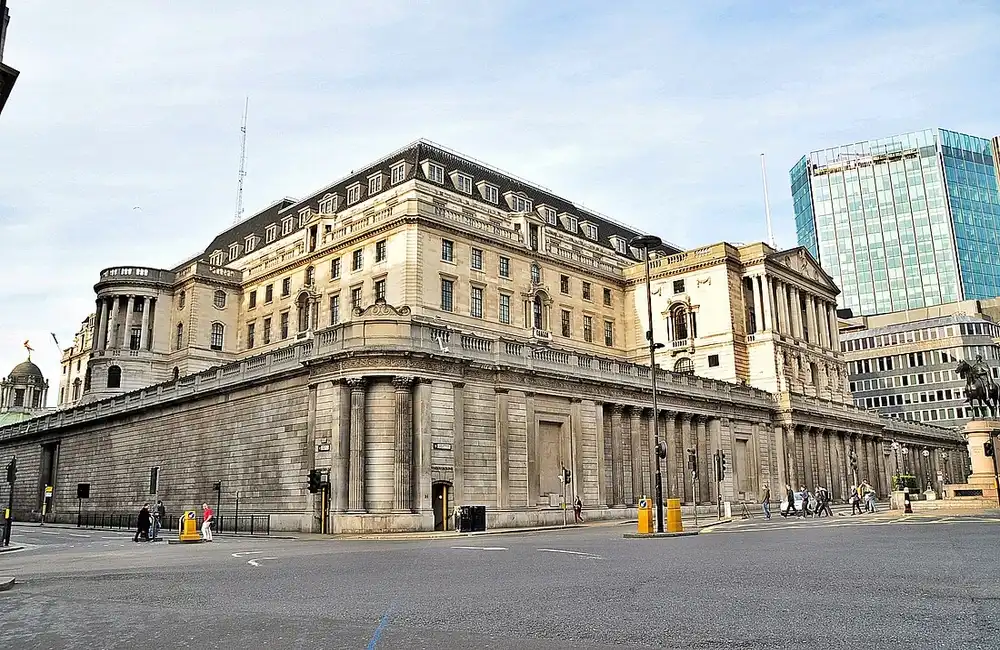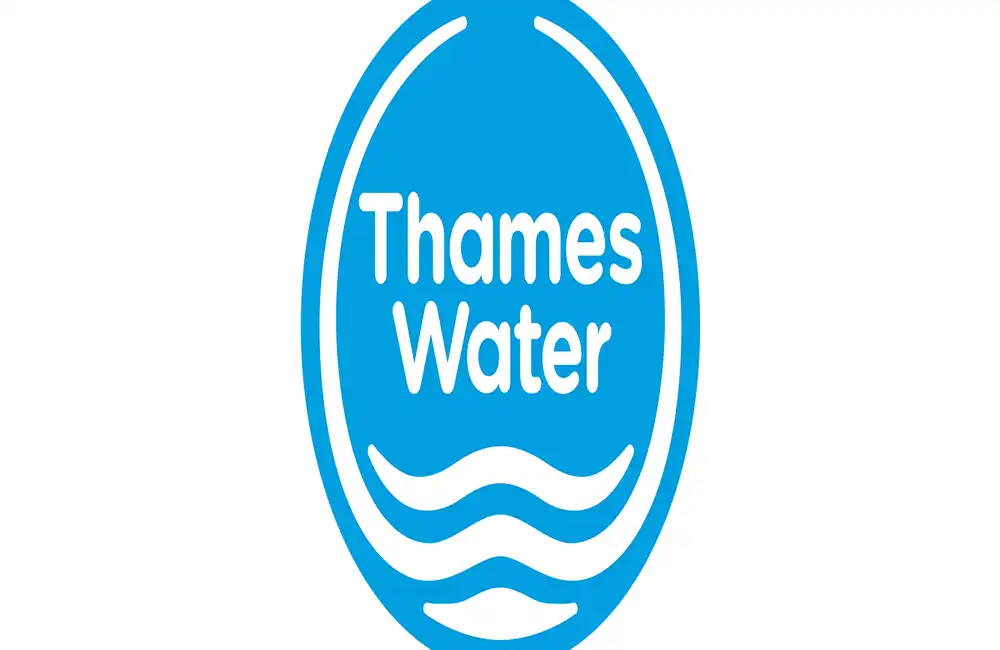The UK's largest water utility company, Thames Water, faces unique financial pressure that affects the entire utilities sector.
Government regulators, stakeholders, and infrastructure investors are alarmed by the sustainability issues of Thames Water’s massive £16 billion debt pile. The combination of potential public ownership adds substantial risk factors for investors with stakes in UK utilities. The article analyses Thames Water’s struggles with special administration and its impact on infrastructure investment.
Thames Water’s Financial Crisis
Escalating Debt and Financial Strain
Thames Water's £16 billion debt level has grown because of long-term financial mismanagement, a lack of infrastructure investment, and increasing operational inefficiencies. The company’s financial distress originated from choices made during leveraged buyout periods. Macquarie and other private equity owners who previously controlled Thames Water increased their debt from £3.4 billion to £10.8 billion while taking out significant dividends, rendering the company incapable of funding essential infrastructure improvements.
The company applied for and obtained approval from London’s High Court for a £3 billion emergency loan to prevent its imminent collapse. The arrangement provides an upfront £1.5 billion in cash, together with an additional £1.5 billion that depends on further assessment. Despite recent financial support measures, the emergency funds are still seen only as temporary relief, not a permanent solution. Experts estimate that Thames Water will need over £20 billion in the next few decades to improve its infrastructure while fulfilling environmental requirements.
Operational Failures and Public Backlash
Thames Water shows abysmal operational performance compared to other providers in its sector. Its inadequate performance in pollution control and leak management, combined with poor customer service delivery, has intensified public discontent. Environmental groups and political campaigners have brought to light the problem of sewage overflows into rivers, which has generated demands for systemic changes or nationalisation. The broader message is clear: Observers intensely examine the business model supporting company operations.
The Case for Emergency Public Ownership
Special Administration as a Last Resort
The UK government faces possible discussions about special administration placement for Thames Water. Through this organisational structure, the government would take short-term control of the company to maintain uninterrupted water services for 16 million consumers. This proposed action mirrors the government's previous nationalisation efforts, as seen with entities like British Steel.
The government hesitates to take on special administration duties because of political implications, yet this remains an option should the present recapitalisation attempts fail. Some analysts believe continued dependence on private equity and distressed-debt investors will drive short-term thinking, threatening long-term stability.
Stakeholder Implications
Public ownership of the company would have substantial effects on stakeholders. To reduce the company's financial strain, bondholders must face larger losses known as "haircuts," which risks damaging their standing with future investors. Government intervention can offer the necessary time to establish a financial system that is both sustainable and transparent.
Special administration seeks to protect critical services for customers but could lead to increased household bills over the medium term. Increased regulatory oversight would probably lead to more stringent requirements for both environmental and operational advancements.
Implications for Infrastructure Investors
Eroding Confidence in the Sector
The financial troubles of Thames Water serve as a warning for those who invest in British utility companies. The financial problems at Thames Water show weaknesses in regulatory systems that fail to balance shareholder profits and sustainable operational maintenance. Through their focus on immediate profits private equity firms and hedge funds have worsened existing structural problems that result in maintenance budget cuts and damage to their reputation.
Investor trust in long-term infrastructure projects like water and energy utilities may decrease due to these kinds of crisis scenarios which require decades for returns. Investor risk tolerance may diminish due to perceived market volatility alongside regulatory uncertainties which impact particularly highly leveraged assets.
Challenges for Attracting Future Investment
Thames Water requires £5 billion in new equity capital to restore financial stability after recapitalisation. The company's failure to fulfil previous commitments has led to doubts about its reliability. Future financing endeavours will encounter increased costs as prospective investors seek higher returns to balance out associated risks.
Infrastructure funds which prioritise long-term management might refuse to work with UK utilities because of current regulatory deficiencies. The continuing disagreement between Thames Water and Ofwat regarding increasing household bills demonstrates these challenges. Ofwat denied Thames Water's request for a 53% bill increase and approved only a 35% increase to fund operational enhancements. The current situation demonstrates the delicate equilibrium between regulatory goals and the needs of investors.
Broader Implications for the UK Utilities Sector
A Reflection of Regulatory Challenges
The debt crisis at Thames Water underlines significant concerns about overall governance practices within the UK utilities sector. Critics have targeted Ofwat’s oversight model because it allows companies to build excessive debt while failing to motivate them towards environmental and operational objectives properly. To rebuild trust in the sector stronger financial supervision and performance tracking measures must be implemented in the future.
Potential Ripple Effects
The current difficulties faced by Thames Water have the potential to trigger widespread consequences throughout the utility industry. Regulators and public advocates will likely demand stronger environmental commitments from other water utility firms. The growing costs of investments may discourage private equity investment in utility companies, reducing available capital for necessary infrastructure improvements.
As UK utilities face challenges in attracting capital for future projects, investors shift their focus to markets with clearer regulatory systems. This trend threatens national decarbonisation objectives and larger infrastructure growth projects.
Looking Ahead
Thames Water's financial troubles demonstrate essential structural problems within the UK utilities industry. The current situation highlights to infrastructure investors how vital complete due diligence and sustained operational commitments really are. Legislative reforms must balance sustainable returns and resilient services to meet public expectations.
The path to stabilisation presents multiple challenges but stakeholders can capitalise on this moment to create new governance standards and restore trust in the sector. Investors examining UK infrastructure must learn from Thames Water's example, which demands prioritising accountable operational investments.


















